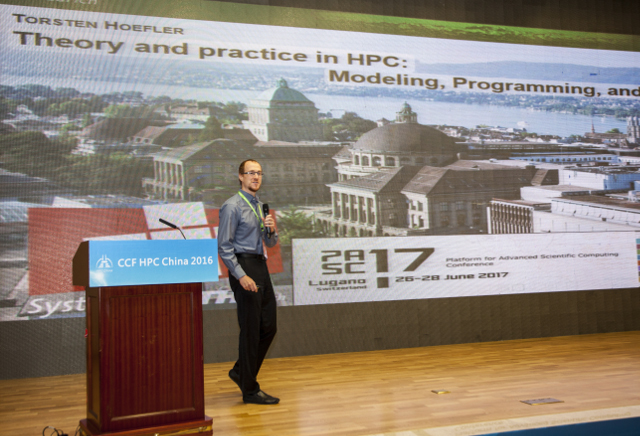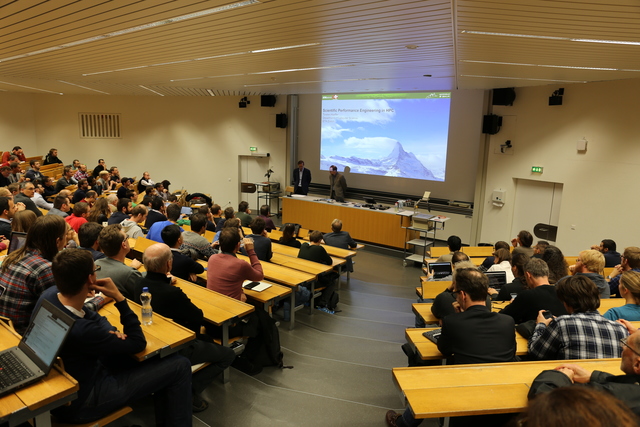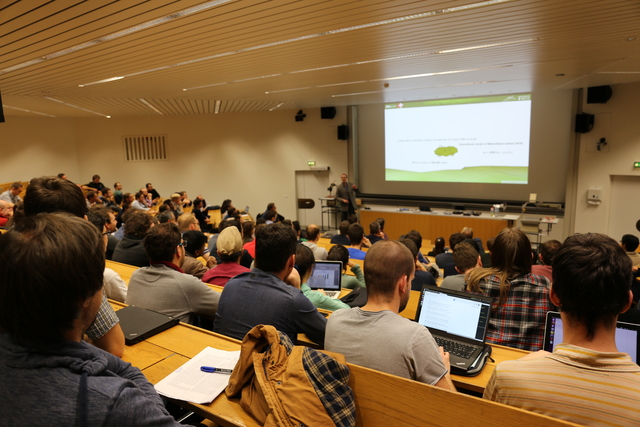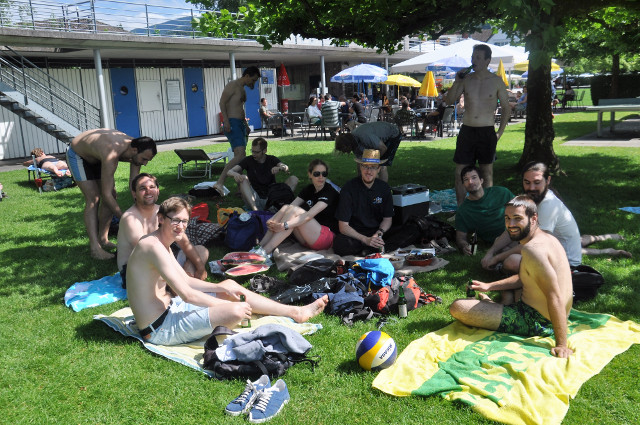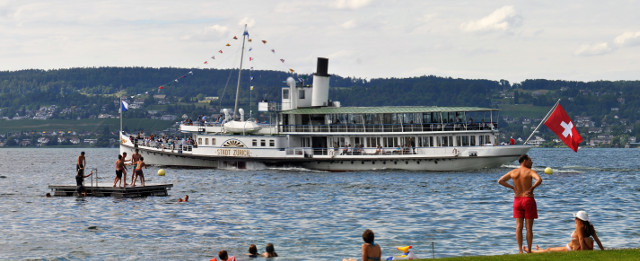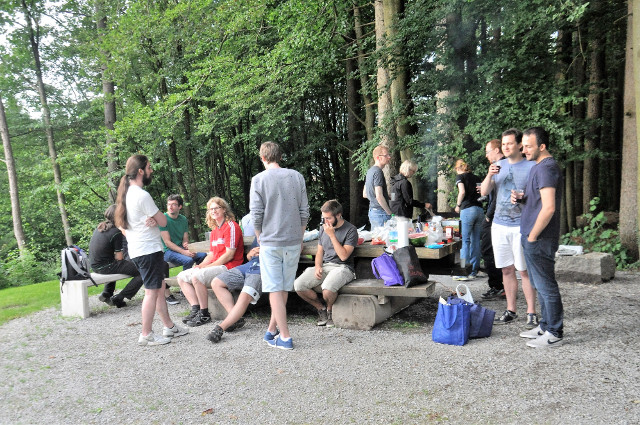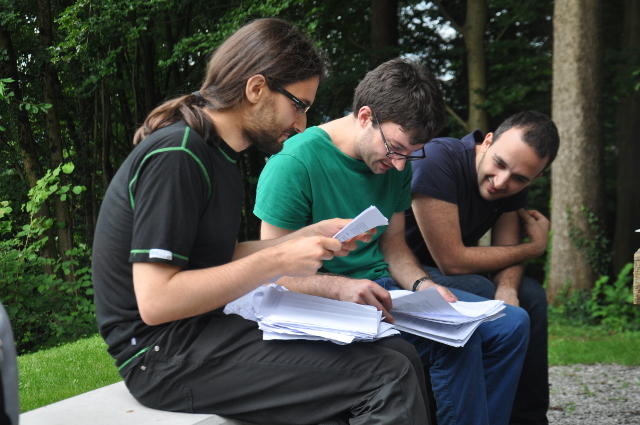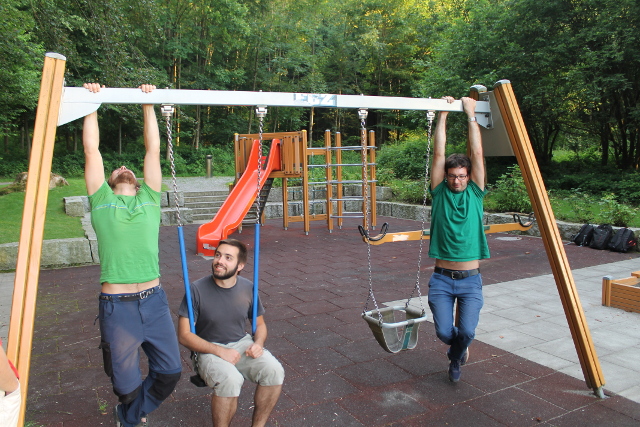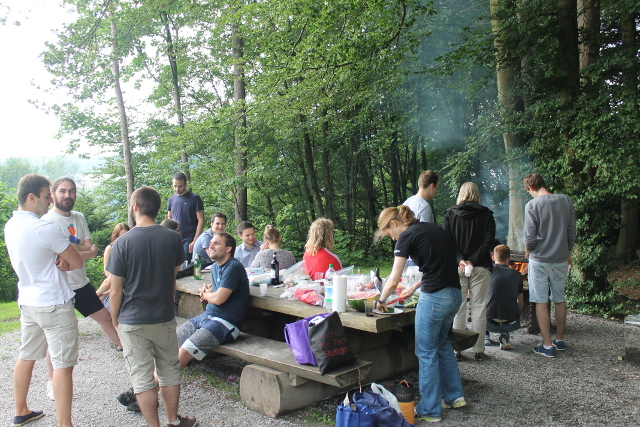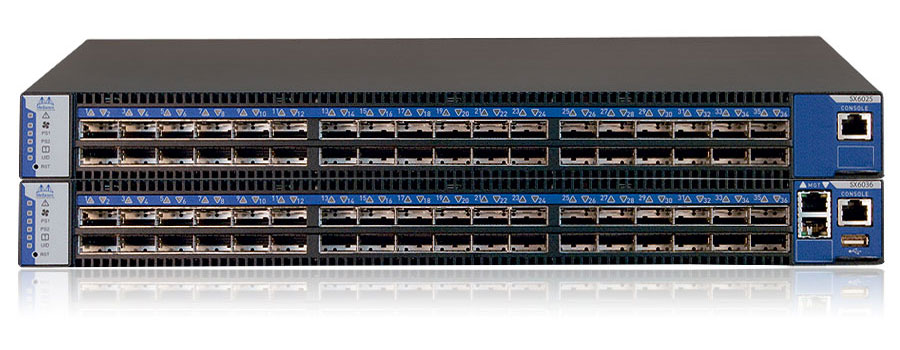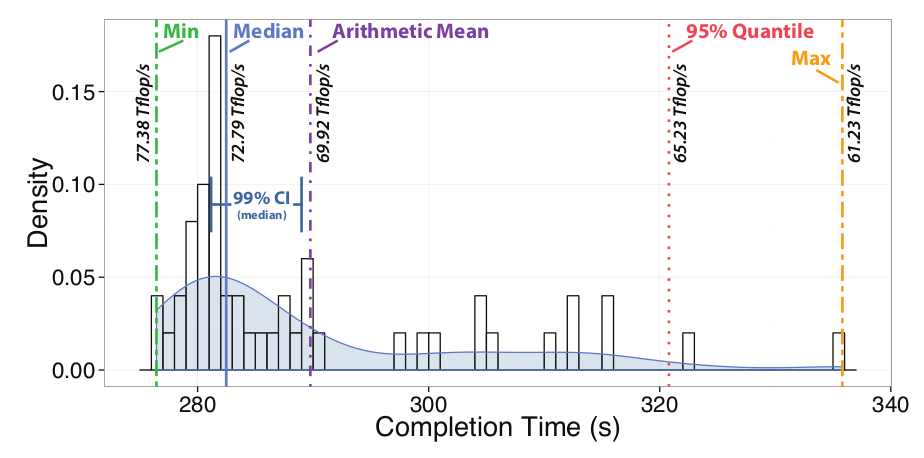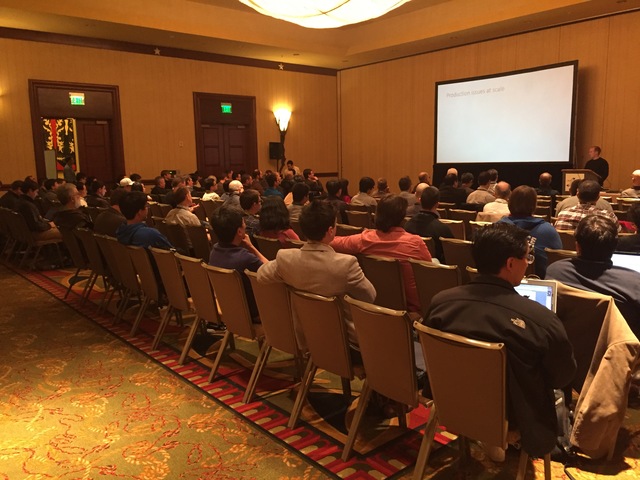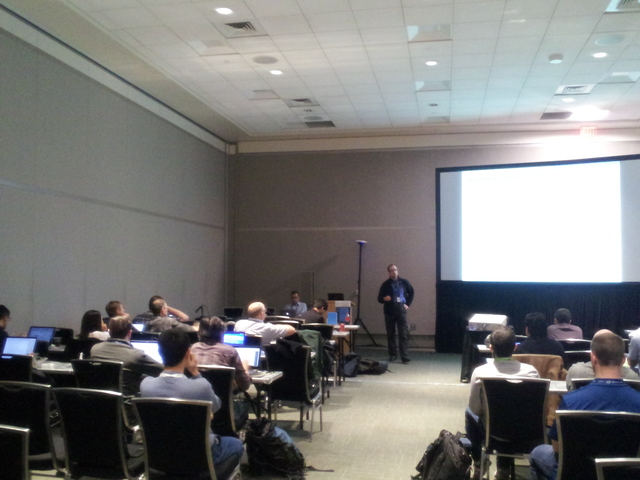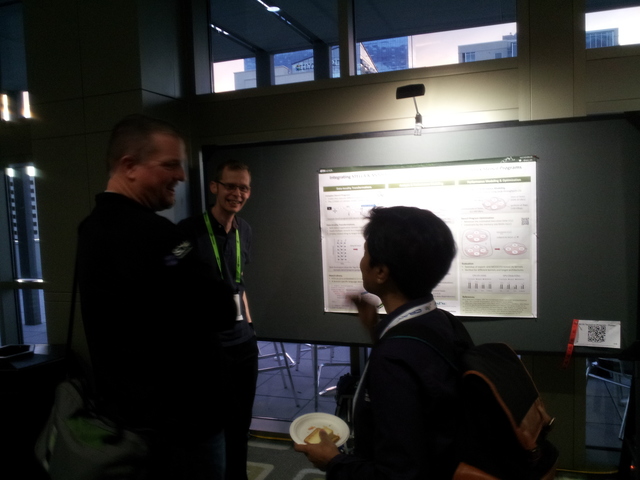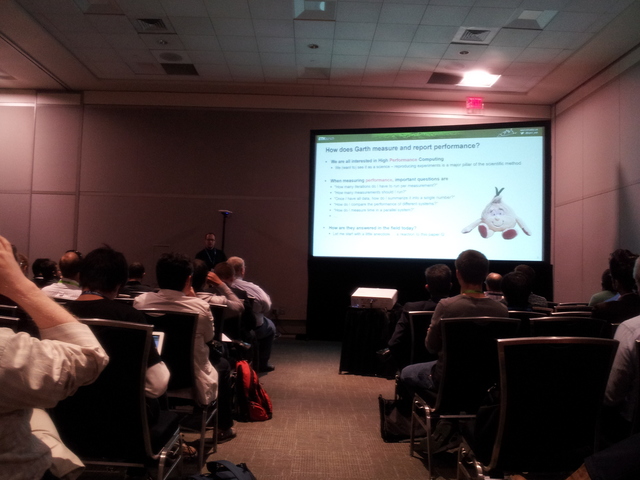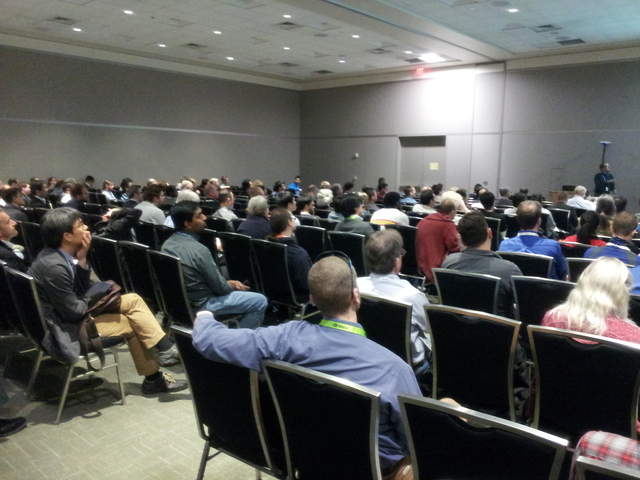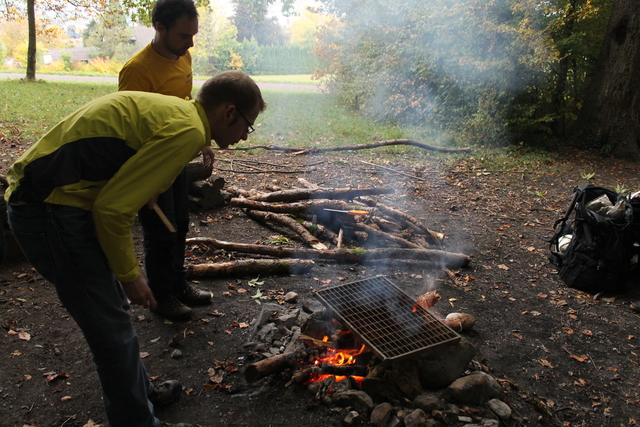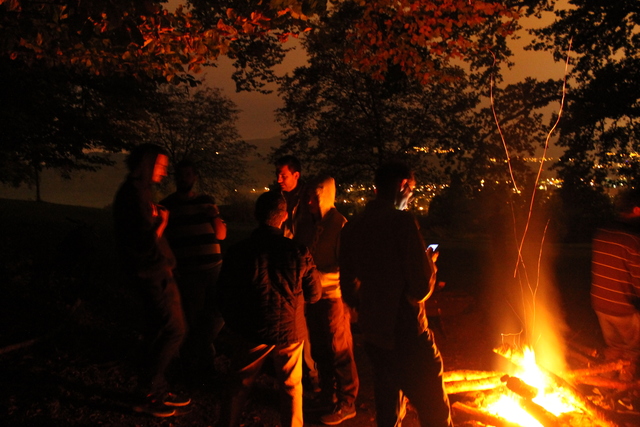You would think that a company like Microsoft has their online retailing somewhat under control. My first (and probably last) attempt to order something there failed miserably. Here’s the story:
I needed a new laptop for teaching, not too pricey, touchscreen, convertible. The Acer Aspire 11 seemed to fit that category. So I found a good deal on the Microsoft store for $449 through that link. It was Thursday August 13th and I needed it until August 24th — great, shipping in 3-7 business days, that works!
I added it to the cart, created a new account, verified it, works! Then I proceeded to checkout and after entering my credit card information the whole thing crashed. I only got a blank page and nothing else. Well, ok, close the store and retry logging in. Of course some cookie got stuck and when logging in, I got only the default error message “An error has occurred, ask support”. It is Thursday night.
Ok, well, there’s this chat feature and I tried it. Thirty minutes later, the person at the other end told me that the product I just purchased is not available. Well, weird, I sent her the link and she acknowledged that she sees the “add to cart” button but the product is not available. Huh, must be a bug? At the end, she could not push the old order through (something I do on a regular basis because I travel a lot). I remark that I had (have) an order number and everything but it seemed like this is not good for anything — I’m wondering what kind of database they have. It was also confusing that she constantly asked me what I ordered and who I am (I mean the order number should have these things attached … oh well).
Fine, the conclusion was to try another browser and re-order it myself. An hour of my life gone … I tried Firefox (was Chrome before) and indeed the store worked again (no cookies). I was able to order it. Now my bank declined the order due to some fraud alert. Fine, I called the bank and pushed the order though, the bank acknowledged (via email, as usual) the full charge and Microsoft sent an order confirmation saying “it may take as long as 4-6 hours for us to process it.”. Phew, done!
Ok, great … now it’s Friday and I have not gotten any shipping confirmation from Microsoft. Weird … 4-6 hours turned into 48 hours. I call the support (chat doesn’t seem to work to inquire about orders). The support line is overly complex and annoying trying to verify my account (why!? I have an order number, what role does the account play?). It takes minutes for them to send a challenge/response email to my self-made email address (as if this is any verification …). Well, I wait patiently on the line, this is my first call. So they tell me again that the product I ordered does not exist. But hey, I have an order confirmation!!!??? Then they blame the bank, I tell them to charge the bank right now again to check. They can’t do it, not sure why. Apparently, it needs to be “escalated”. They take my number and I’ll hear within 24 hours. Fine.
Well, I guess they weren’t able to call a German number, so I didn’t hear anything for 48 hours. Just nothing, no email, nothing. It nearly seems like they silently hope I forgot about the order (and the bank charge). It’s Tuesday the 18th now, getting tight. I call them again. They tell me it was escalated … well, yeah, I know this since I just gave her the case number *hmpf*. Each of these calls takes 30 minutes at least (partly due to the silly account verification even though I have an order number AND a case ID). Well, fine, no news, I need to wait for the “escalation team” which apparently cannot be reached and only operates by interrupting me. I’m a busy person and this is a silly concept, but fine, wait again.
Next day, nothing happened. I call again. AGAIN they tell me that the product I ordered does not even exist anymore. Well, I spell the link above into the phone and the other side is surprised and confused. Then, they are quick to tell me that there was also a problem with my bank but apparently they don’t see that it was resolved (must really be a great database). I gave up, no I just want to cancel the order. BUT they CANNOT cancel it. I now have to rely on their system to drop the order after a while (which it may or may not do, it’s not clear if it’ll wake up in the future and suddenly charge my card and send this laptop). This is a truly horrible shopping system. So fine, I’ll rely on their word, after all, they boast with free returns. But this system appears as extremely unprofessional. Microsoft should be able to do better. THIS is not the way to do business.
I spent a total of four and one half hours on the phone and in chats, all for nothing. I’m not going to compute what my salary was … definitely more than the laptop is worth.
Then I order the same thing on Amazon, well, within minutes I have order confirmation, charge, everything is on its way. However, due to the great Microsoft delay, I had to pay $15 extra for expedited shipping. Thank you Microsoft, this is wonderful!
And the saga continues: This morning, I received an email regarding my case ID. They DID NOT GET that I cancelled this order. Well, why should they, it cannot be cancelled after all. Wow, this is getting truly crazy and very unprofessional. I cannot recommend business with the Microsoft store. Fortunately, I know many higher-up Microsoft employees, I’ll mention this next time I’m in Redmond. Sadly, this is how one creates a bad reputation. I hope this documentation helps to improve the process!
Update (15/8/20): It is getting better — I sent them a link to this description and the answer is: “However we do apologize for the inconvenience that the computer you are requesting is now out of stock and you will not get this PC at the sale price.” – Wow, they’re good at making snarky apologies that don’t sound apologetic at all. There is of course no word about cancelling my order or anything (may still be “impossible”). The item is also STILL on the store webpage and I can still add it to my cart. Yesterday, I thought it couldn’t get worse but they don’t stop to surprise me!
Update (15/8/22): Microsoft, please stop sending me emails. I now received three (!!) more emails, two of them with identical content (see above). I guess it’s not enough to make the snarky comment once. The whole support system now looks to me like an AI/ML algorithm gone wild. I will not reply because I fear it’ll trigger more frustration!
Update (15/8/23): This is no joke, I received another (fourth) email about this. The exact same content as two of the emails before … Microsoft is not missing any chance for snarky comments “… you will not get this PC at the sale price.”. Yes, remind me that I should feel ripped off every day now … please stop!
Update (15/8/25): It is getting funny now. I received another email. Now it is essentially empty and only contains the default text which seems to ask me to call them. But I am not going to do this … well, each call costs me 30 minutes. I also already canceled my order. Wow, this system is incredibly broken, unbelievable. I am typing this post on the other laptop already …
